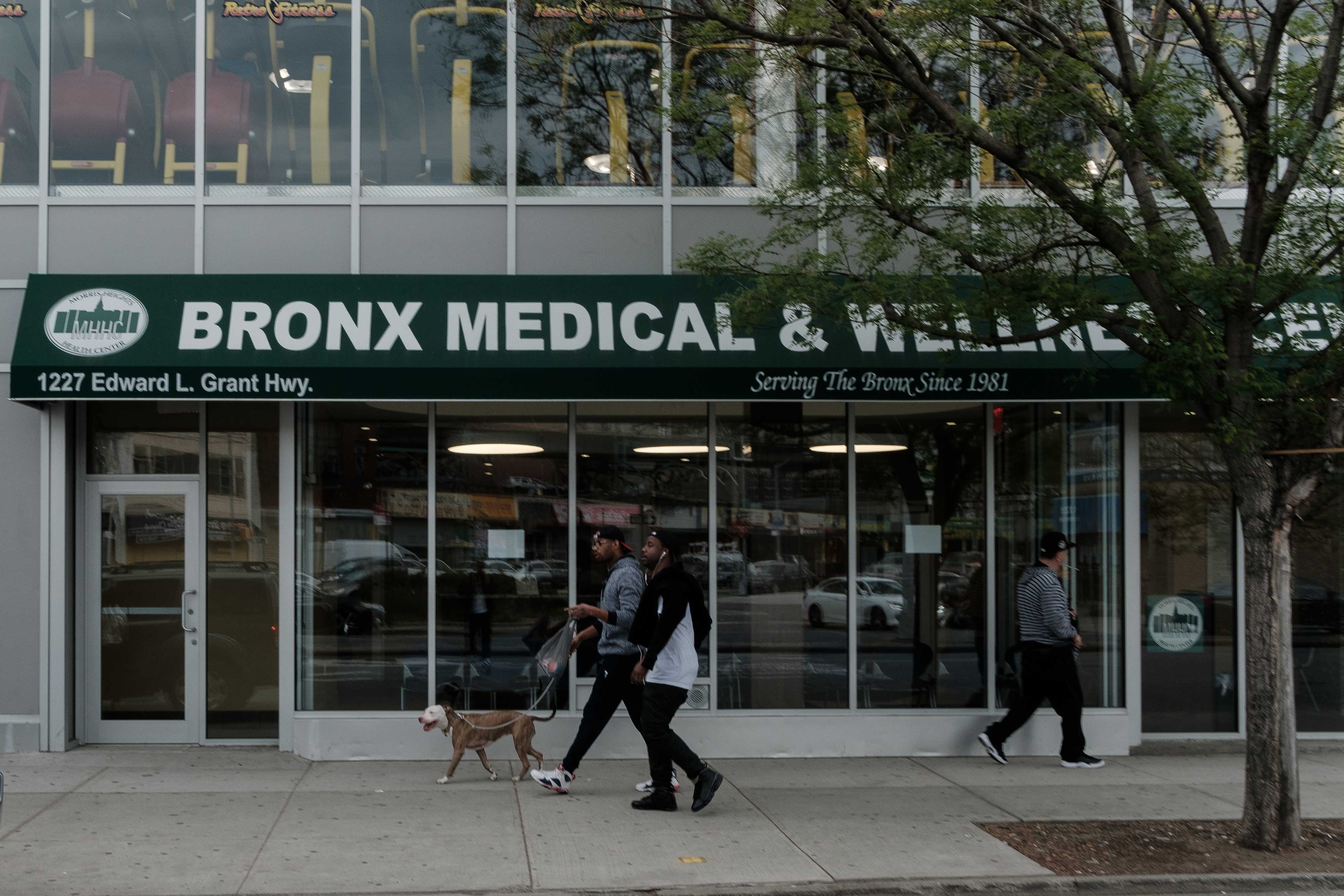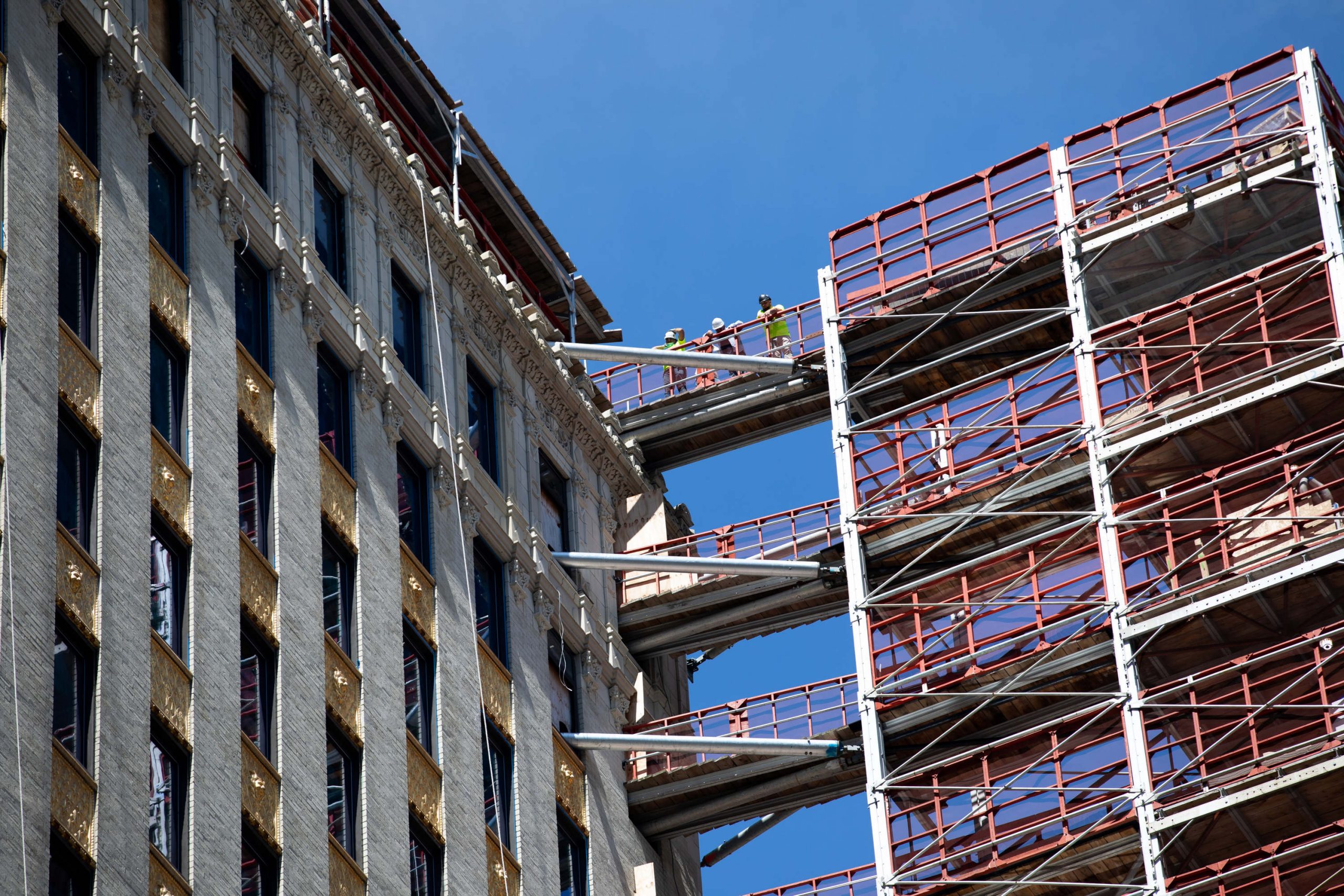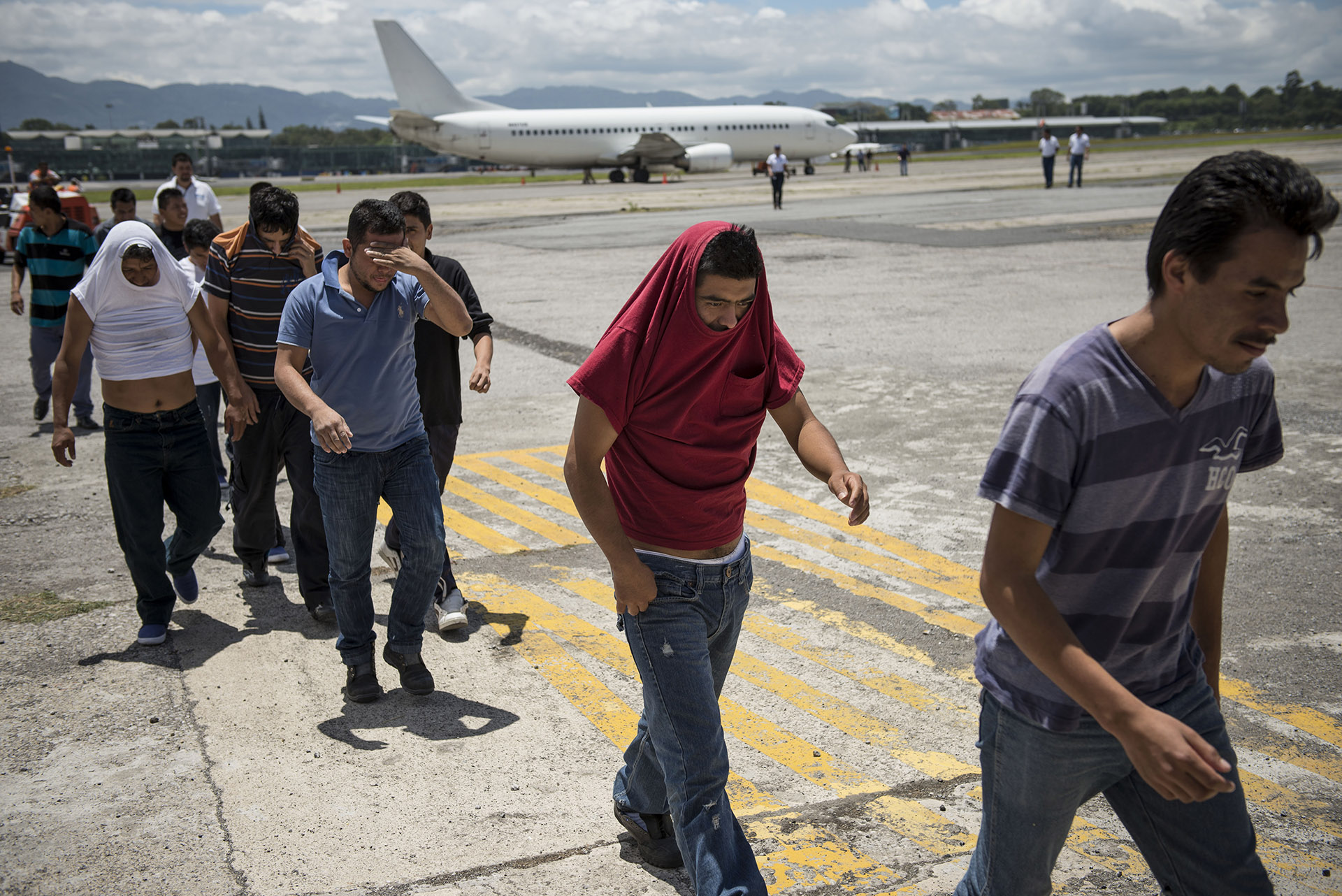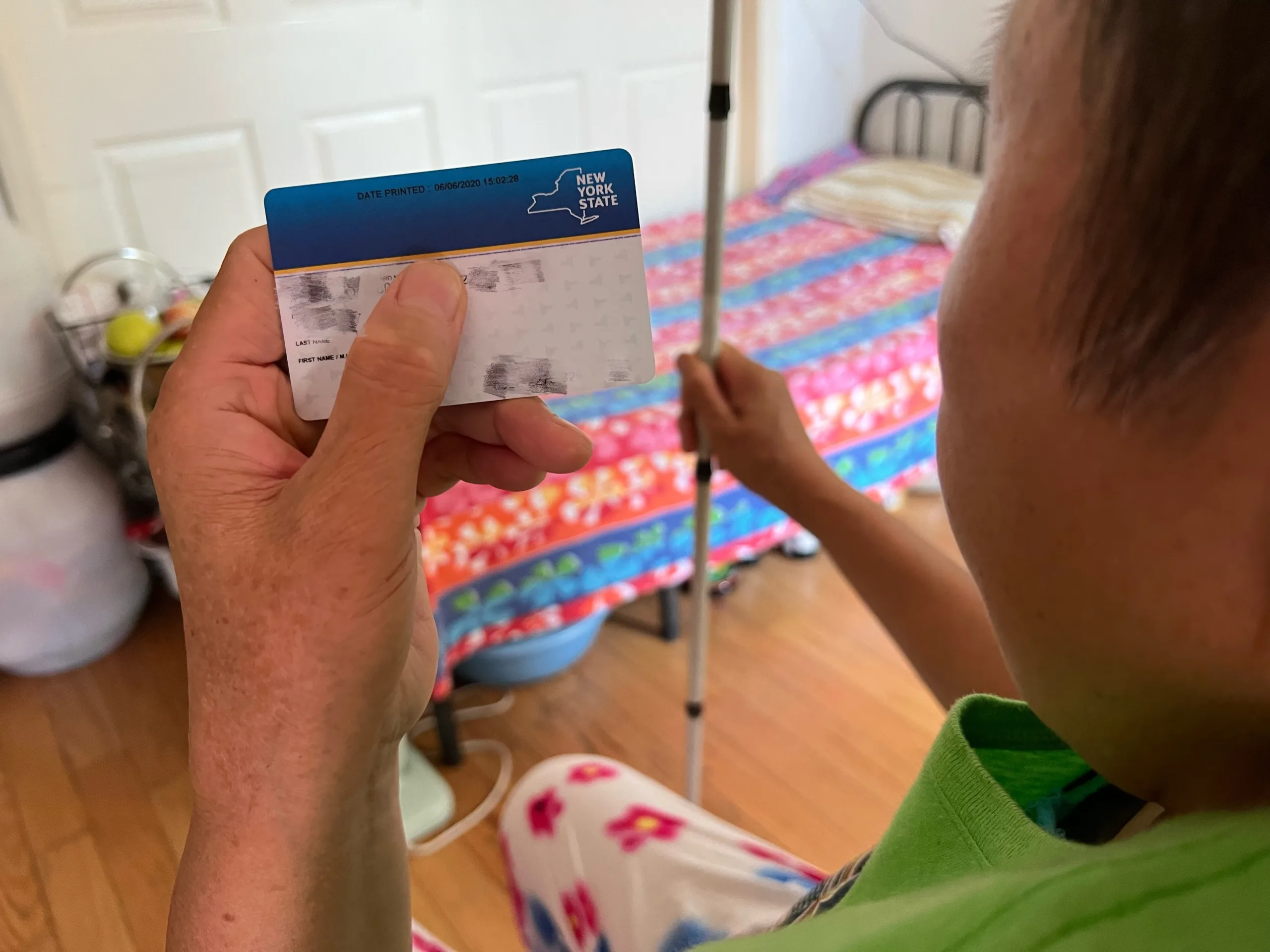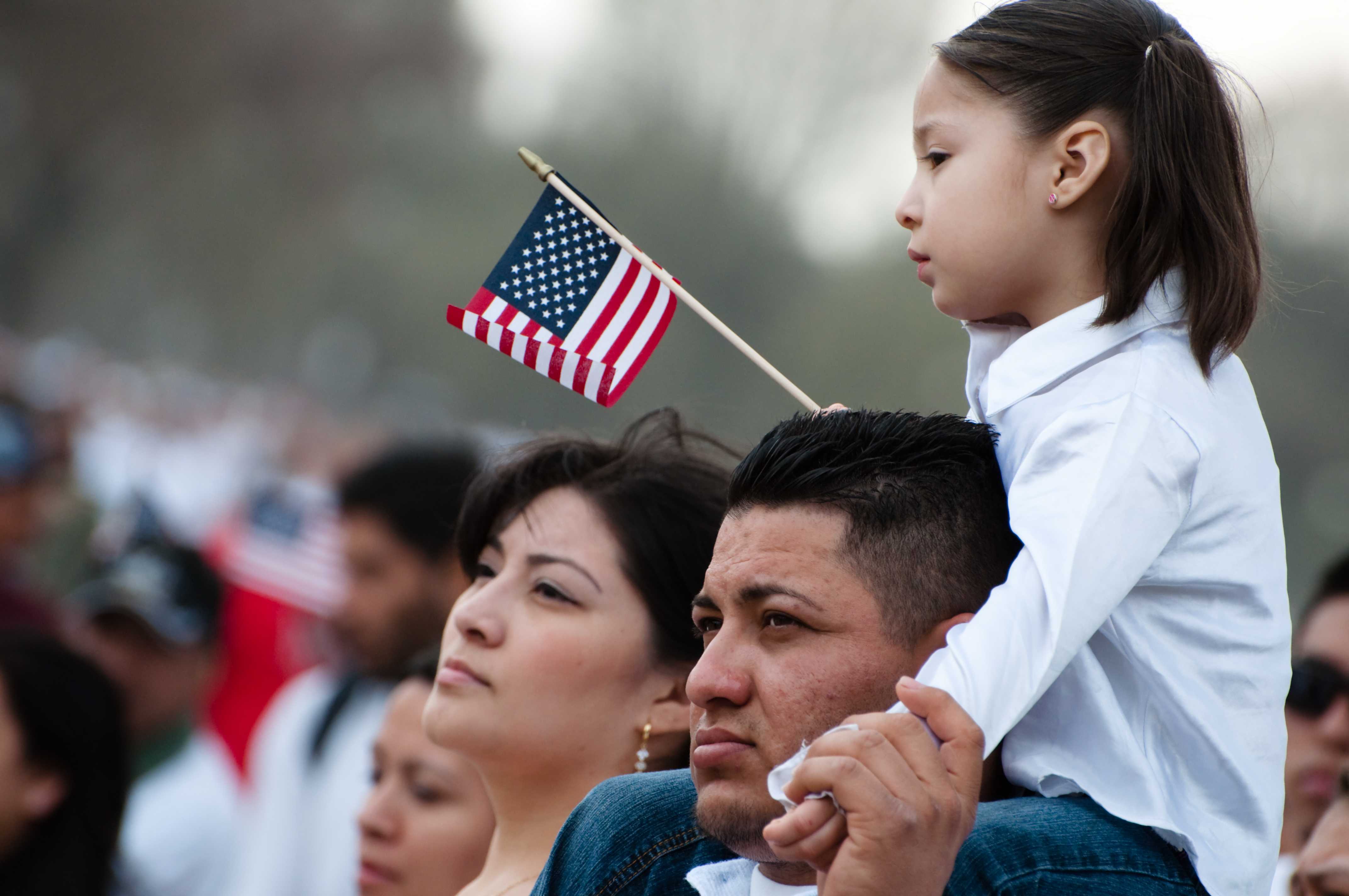In less than a week, as many as 170,000 New Yorkers are expected to receive the first round of the coronavirus vaccine, as cases across the state climb and further restrictions loom.
Final approval of coronavirus vaccines developed by Pfizer and Moderna is still pending federal authorization. The Food and Drug Administration is expected to approve the vaccine developed by Pfizer on Thursday and people could start being vaccinated on Dec. 15. The vaccine developed by Moderna is expected to be approved sometime after Dec. 17.
Once the vaccine is approved by the federal government, the state’s coronavirus task force will review and approve it for the state. Gov. Andrew Cuomo said Wednesday, the 170,000 doses of the vaccine could be sent to New York as early as this weekend if the approval process and shipment move along quickly. At least 72,000 doses will be sent to New York City.
As the country awaits the vaccine, the federal government and localities have been laying the groundwork for mass distribution, an effort Cuomo said will likely be the largest governmental operation undertaken since World War II.
Nursing home patients and staff as well and high-risk healthcare workers who work directly with coronavirus patients will be among the first to receive the initial 170,000 doses in New York, Cuomo announced last week.
However, it is still unclear when the vaccine will be widely available to the general public and how long recipients will be immune. Clinical trials will continue even if the federal government approves the vaccine this week.
Officials in New York are also struggling with how to gain the trust of some of the communities hit hardest by the virus: Black, brown, poor and undocumented immigrant communities.
The FDA said Tuesday that Pfizer’s vaccine provided sufficient protection against the virus within roughly 10 days of the first dose. Though many participants in the vaccine trial received aches, fevers and other side effects, the vaccine worked well regardless of the person’s race, weight or age, The New York Times reported.
Here’s what we know so far.
Who will get the vaccine first?
Nursing home staff and residents will be the very first to receive the initial 170,000 doses of the vaccine in New York followed by “high-risk” healthcare workers who work in emergency departments and intensive care units.
Cuomo said Wednesday that he plans to send guidance to hospitals outlining who is deemed a “high-risk” healthcare worker. Hospitals will then select who will get the vaccine first within that guidance, he said.
Once nursing home staff and residents and high-risk healthcare workers are vaccinated, Cuomo said the state will provide the vaccine to long term congregate care staff and residents, followed by emergency medical services workers and “other healthcare workers,” then essential workers and the general population, starting with those who are high risk.
Cuomo has said the vaccine could be widely available to the general public as early as June or September, but the exact date remains unclear.
The state has the final say in who will get the vaccine and when. The state is still working on finalizing each category, including who exactly is considered a “high risk” healthcare worker included in “1A” of the rollout, New York City Health Commissioner Dr. Dave Chokshi told members of the New York City Council during a hearing last week.
Chokshi said those included in the category of high-risk healthcare workers may include cleaning staff, those who transport deceased coronavirus patients and anesthesiologists.
New Yorkers with underlying medical conditions and those who are deemed “essential workers,” will be included in what will be known as phase “1B,” Chokshi said. However, the timing for the next round of vaccine distribution for others in the high-risk category is contingent on supply, he said.
Chokshi also said prisons, jails and homeless shelters would be included in the high-risk congregate care category within the phase 1 prioritization.
“It is difficult to know precisely what the timing of those phases will be because it is so contingent on supply,” Chokshi said. “We expect phase 1A will last at least for a few weeks and we hope to move into the other parts of phase 1 by sometime in January or February.”
The city’s Health + Hospitals’ Ambulatory Care Chief Dr. Andrew Wallach, told the City Council that healthcare workers on Rikers Island are also considered high risk and will be included in the initial distribution. But Wallach said that because many detainees on Rikers Island are held for short periods of time, discussions are ongoing over who will qualify for the vaccine based on their length of stay.
How much of the vaccine will be available?
After New York receives its first 170,000 doses of the vaccine another shipment of 170,000 doses will be sent to the state within the 21 day period, Cuomo said.
The New York City Health Department said the coronavirus vaccine from Moderna is expected to be sent to the state sometime during the week of Dec. 22.
Though the allocation for the vaccine has not been finalized for New York, the city’s health department told Documented it expects to receive about 72,000 doses of the Pfizer vaccine on Dec. 15, followed by 149,000 doses of the Moderna vaccine on Dec. 22.
But the exact number of doses localities will receive remains in flux, the city’s health department said. For instance, the city said last week that New York City would receive nearly 500,000 doses of the vaccine this month, with 254,250 doses coming from Pfizer and 211,275 doses from Moderna.
Officials from Pfizer told the City Council last week that the company has worked on synchronizing the timing to ensure that the second dose arrives before the 21-day mark.
Where will New Yorkers be able to get vaccinated?
In New York City, hospitals and federally qualified healthcare workers will receive the vaccine at work, the city’s health department said. The department will set up pop up vaccination clinics for healthcare workers who are unable to get vaccinated where they work. Long term care staff and residents will also receive the vaccine at their facilities.
Once the vaccine is made more widely available, Chokshi said he wants New Yorkers to be able to access it in as many places as possible, including at pharmacies and through primary care physicians.
Chokshi also emphasized that the city will make the vaccine available to all New Yorkers regardless of whether they have insurance, are able to pay for the vaccine and regardless of their immigration status.
What about undocumented immigrants and communities of color?
New York City and New York State have vowed to make the vaccine available to everyone, including undocumented immigrants.
But ensuring trust in underserved and undocumented communities has already proven to be challenging for officials.
The federal government initially asked states to sign a data-sharing agreement to opt into the vaccine program, an agreement that would have required states to share the personal information of vaccine recipients including social security, driver’s license and passport numbers. That information could then be shared with other federal agencies like the Department of Homeland Security and Immigration and Customs Enforcement, Cuomo warned in a letter to the Department of Health and Human Services.
Cuomo announced Wednesday that the Department of Health and Human Services and Centers for Disease Control and Prevention had agreed to remove the requirements on vaccine reporting data that could determine whether vaccine recipients are U.S. citizens.
“If undocumented people don’t get vaccinated, it compromises their health and it compromises the whole program,” Cuomo said. “The program only works if you hit a critical mass of the population, if you say, ‘well, the undocumented, we’re going to exclude practically because they won’t come in and participate, you have 50% of the population that’s skeptical, we’re not going to reach out to the Black, Latino and poor communities, [the vaccine program is] never going to be a success,” he said.
The city’s Assistant Commissioner in the Bureau of Immunization Dr. Jane Zucker, told the City Council last week that despite more than half of New Yorkers surveyed in a recent poll saying they would be willing to take the vaccine, Black New Yorkers remain skeptical of the vaccine.
“What is of concern in the initial responses is also that we do see the potential for inequities, where for example, white New Yorkers responded they would be more likely to get the vaccine than Black New Yorkers,” Zucker said. “That’s why it’s critical as we implement our equity plan that we’re really addressing the racial disparities, we address mistrust, that we ensure that we have the vaccine available really broadly geographically in priority neighborhoods and through, sort of, trusted facilities that are in those neighborhoods.”
How will the vaccine be transported?
This year alone, officials from Pfizer told the City Council that the company is on track to produce globally up to 50 million doses of the vaccine. In 2021, the company anticipates it will produce 1.3 billion doses.
Here’s how the vaccine will be shipped to New York:
- Pfizer ships vaccine doses to its points of use from its Kalamazoo, Michigan and its Pleasant Prairie Wisconsin
- The U.S. military will oversee the transport of the vaccine using private companies like FedEx to send it to states across the country
- The first shipment of the vaccine will be based on the number of healthcare workers and nursing home residents in the state, Cuomo said
- The packages the vaccine will be sent in will be equipped with GPS enabled thermal sensors. Every shipper will be monitored by a Pfizer control tower that will track its location, its temperature in real-time of each vaccine until they get the destination. The tracker will allow the company to thwart any deviations from the vaccine’s determined route
- Once the vaccine reaches its destination, it can be stored either in ultra-low temperature freezers which will allow the vaccine to last up to six months. The thermal shippers can also be used as temperature-controlled storage for the vaccine that will need to be refilled with dry ice every five days
- Each tray in a shipment contains vials for five dosages, Cuomo said. The vial comes with a diluting liquid which it will get diluted with before a patient receives the vaccine
- One tray can hold up to 195 vials. Each vial can do five dosages. The package itself can hold five trays, which means each shipment can contain as many as 5,000 dosages
- Patients receive a second dose 21 days later. The vaccine is considered to not be as effective unless the second dose is taken
- Cuomo said the state has 90 regional distribution centers capable of storing the vaccine
